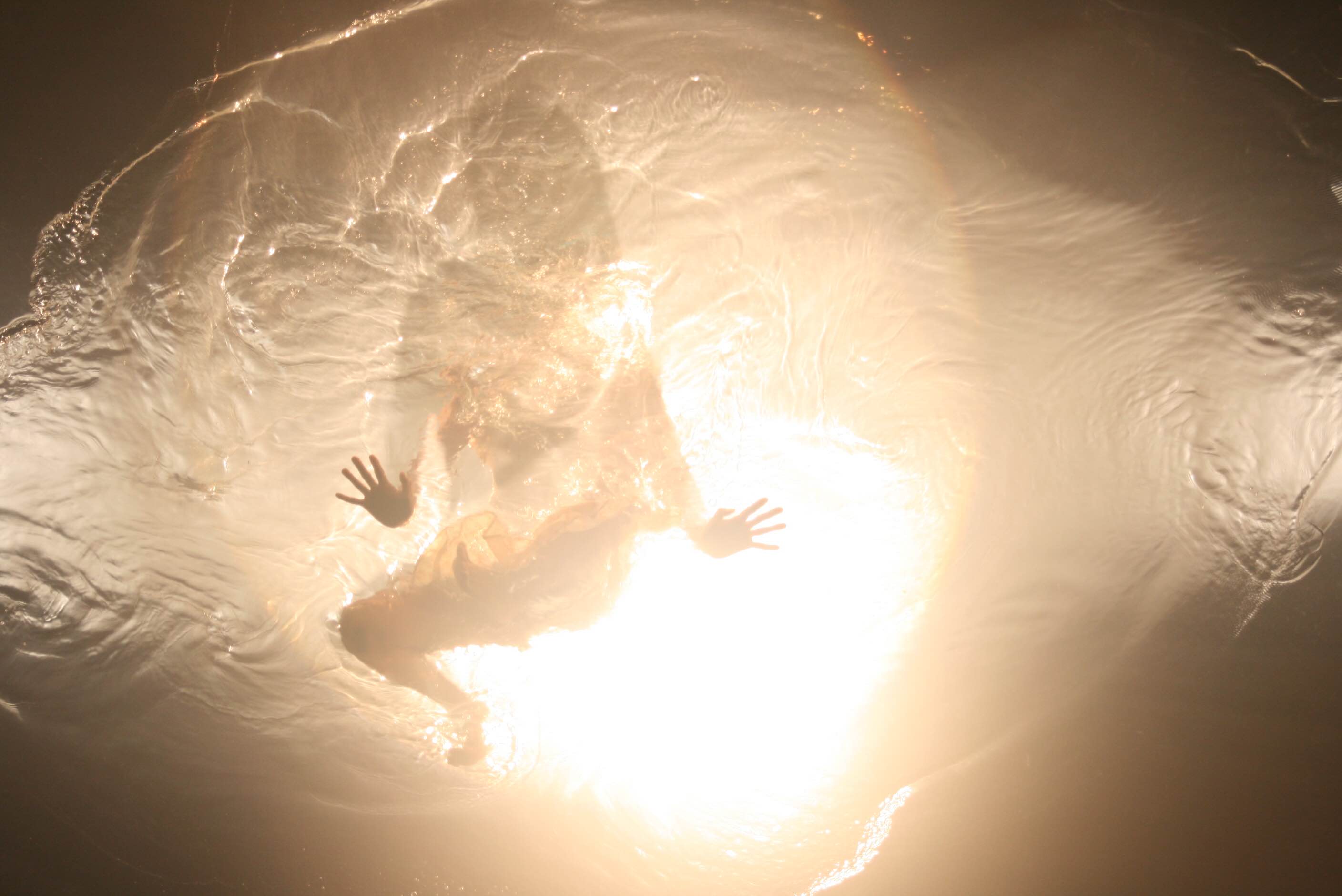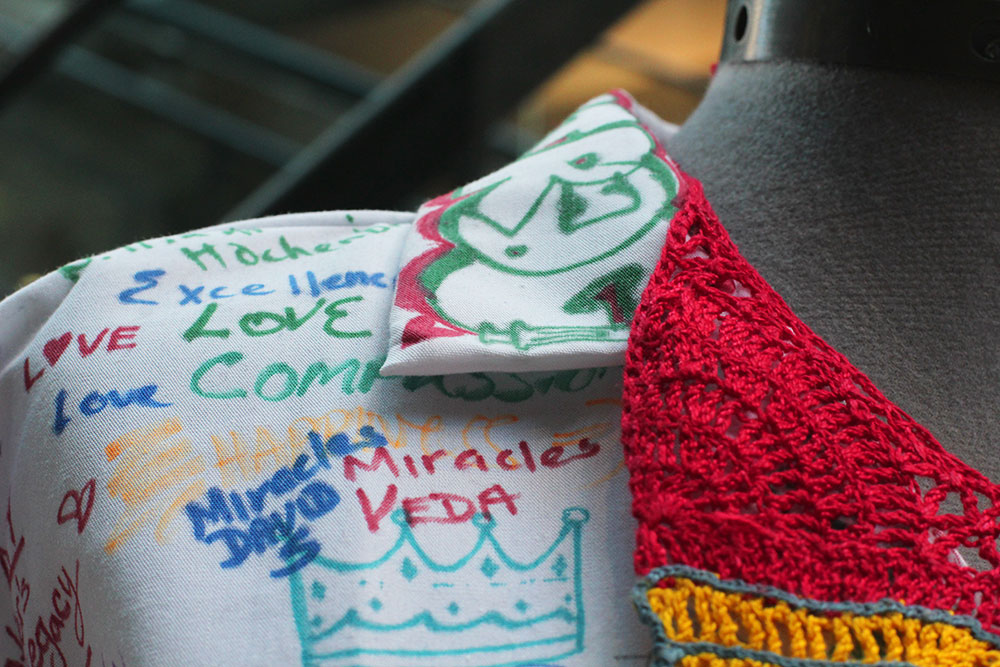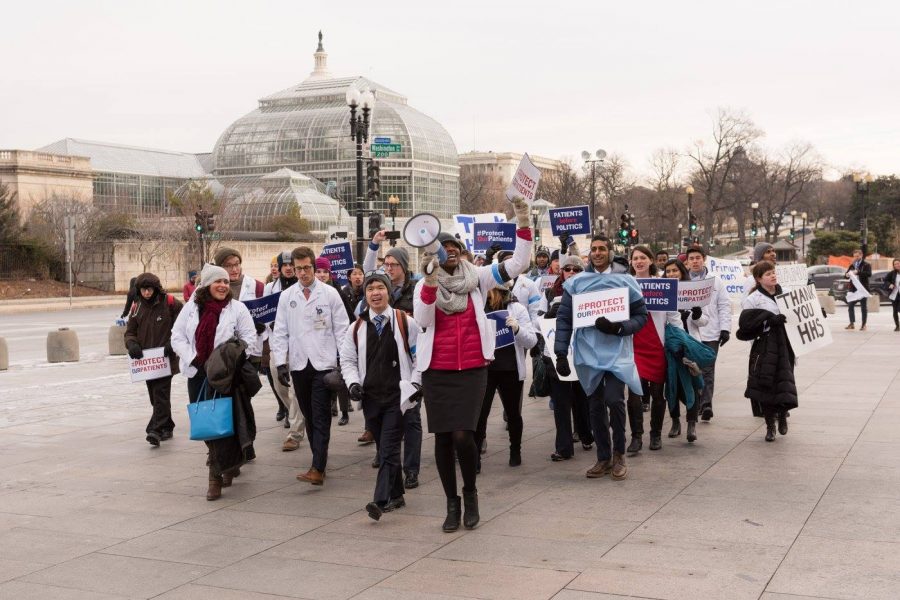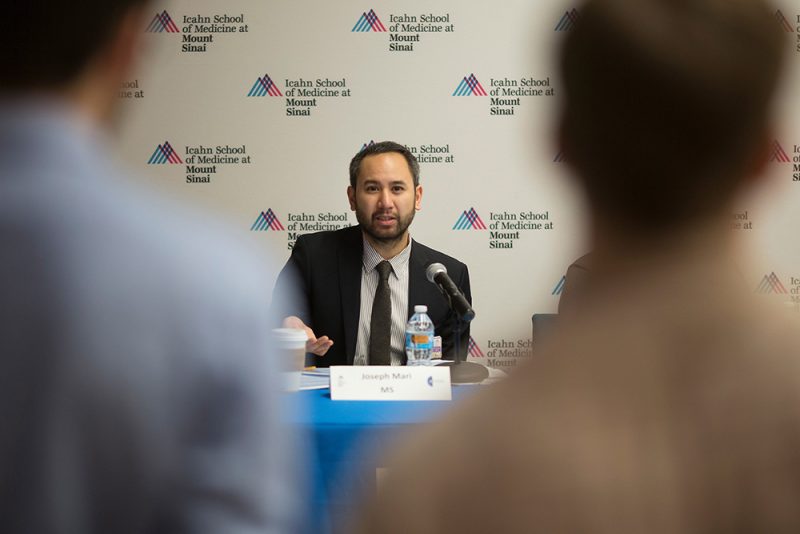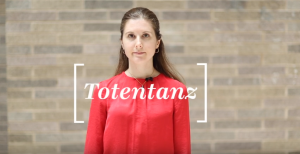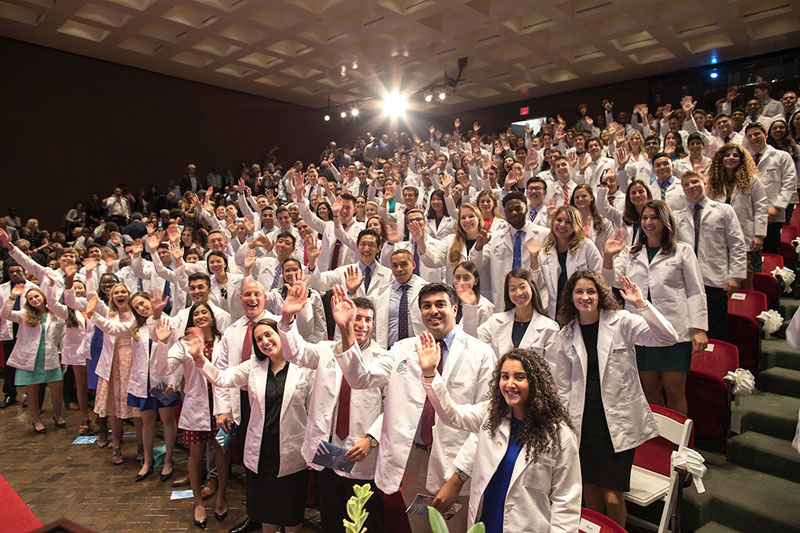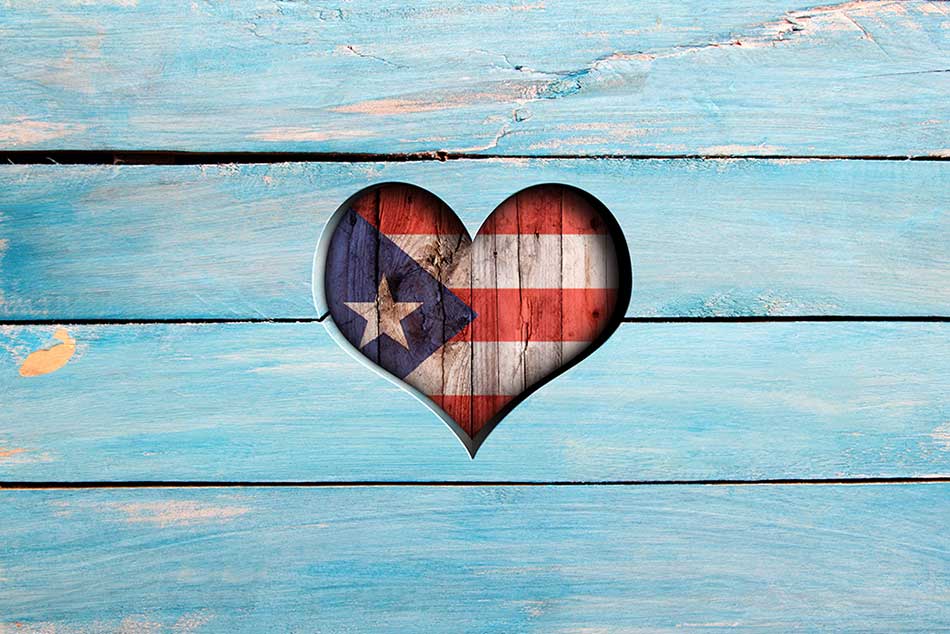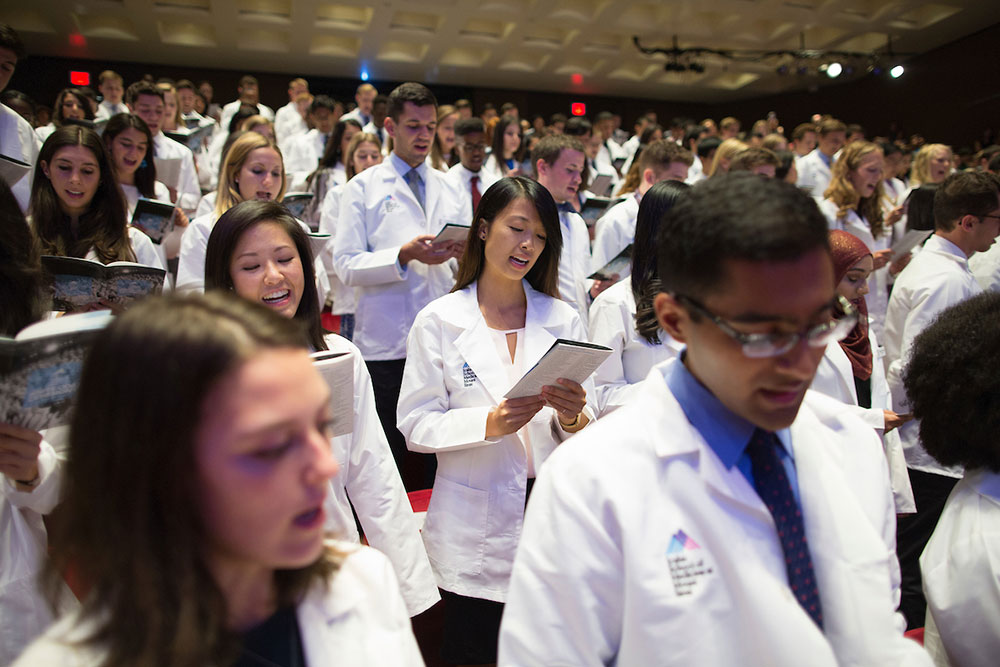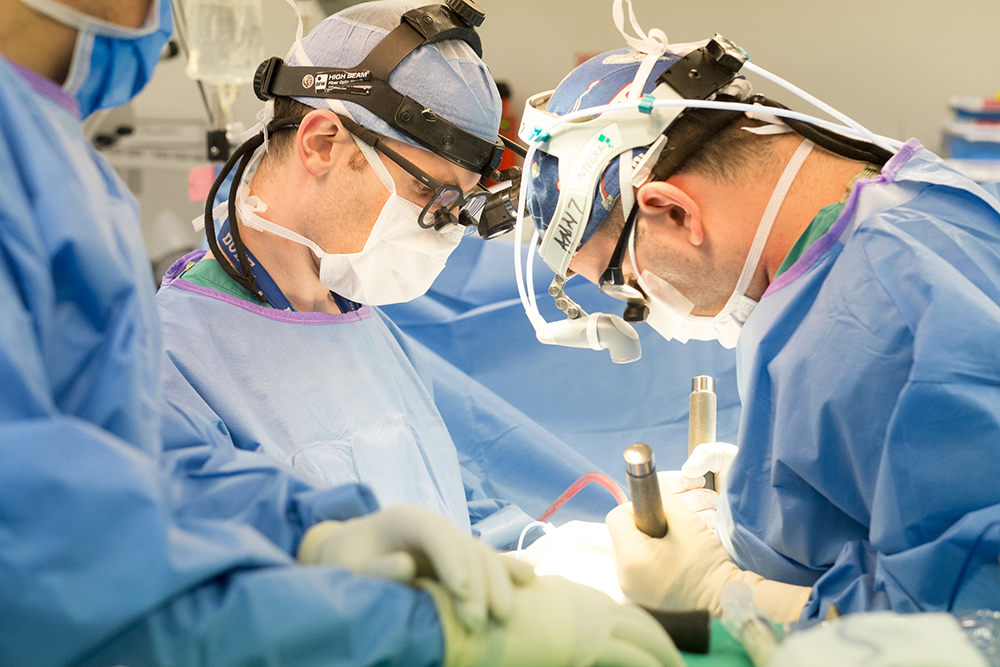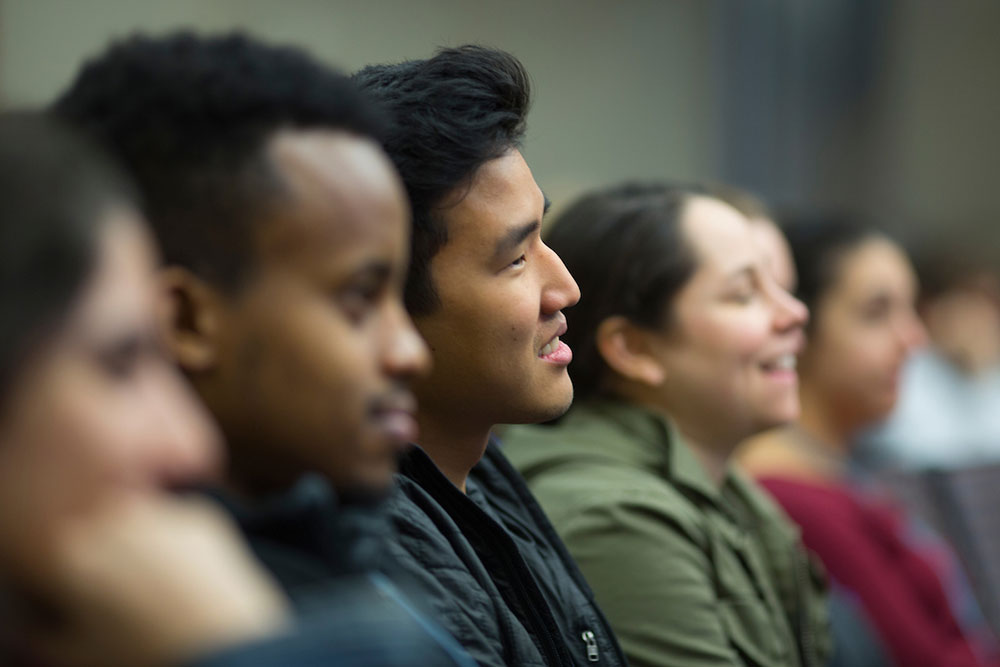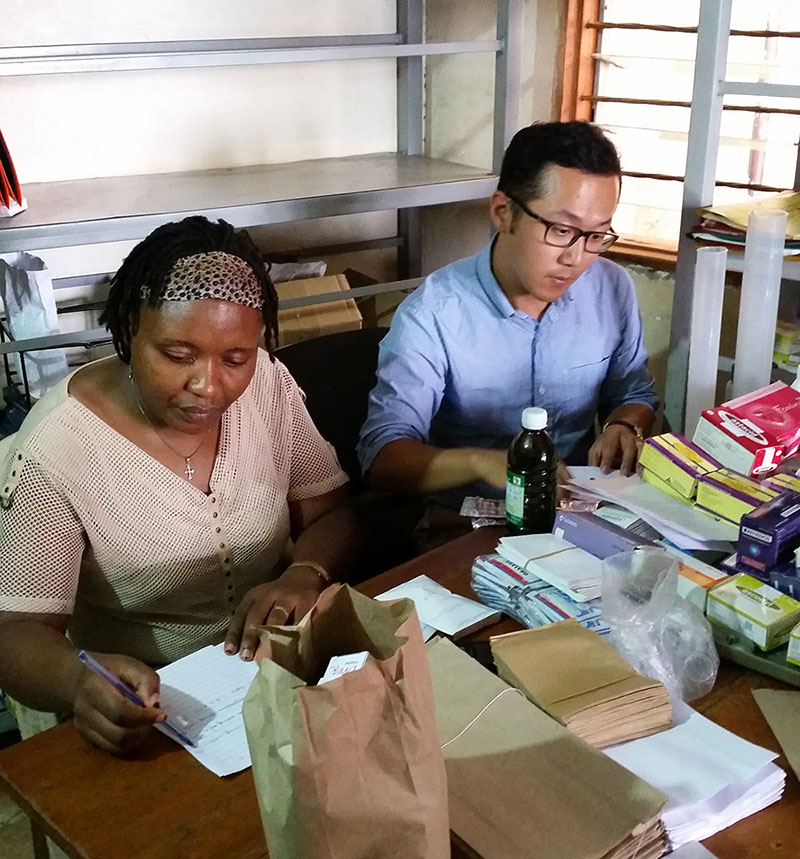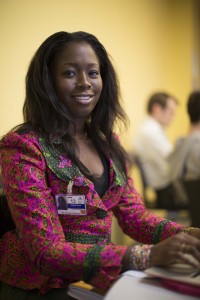 (Continued from Part 1)
(Continued from Part 1)
At 11:30 am, I decided it was time for a new strategy. The university students and I had been shuttling between a canteen and the department in order not to take up the limited space in the waiting area. At the canteen, we went over the process of seeking consent from our caregivers a few more times. On my sixth trip to the Radiotherapy Department where I was hoping to gain the sympathy of a nurse to inquire about anyone else in the department who I may be able to speak to about the project, none other than the Head of Radiotherapy appeared from a room.
I could not bring myself to ask if contrary to what his secretary had said, he had been at the department all along. I was just relieved to have an opportunity to plead my case given how my time in Ghana was slowly but surely dwindling. After less than 5 minutes of conversation, he gave me the thumbs up. My project had apparently already been approved but somehow that information had not trickled down to Administration. Whatever the case was, I was delighted! The doctor then introduced me to the folks at the Radiotherapy Department’s records office and told me they would help me take things from there.
After listening to my spiel and perusing through my thick bound protocol, the Head of the Records Office said to me, “My sister, I don’t think you can start right away like you are saying. We usually need at least a month’s notice to prepare for research projects here.” – overlooking the fact that my submission had been made in January, 5 months ago. Even when I kept explaining my time restraint, and clarifying that for now, I would only be administering Needs Assessment Questionnaires to the caregivers and would only be sitting with them and asking a few questions, he was resolute in his response. There was just not enough time for them to prepare for us.
We were dismissed to the side as another young lady came in to speak to the Head of the Records Office. The two university students and I huddled in the corner of the crowded office to decide what the next step would be.
Then it happened.
The head of the records office said something to the young woman in French and I whipped around and engaged him in conversation in the language I adore and voila! The personal connection was formed.
Because of the common skill we both shared, not only was my Needs Assessment administered starting from that day, the Head of the Records Office rallied five national service young men who were available to come in and be trained in order to assist with my project. When I was heading home at 5pm, he walked me to the bus station so we could chat some more. Like me, he had been starved of French in a country surrounded by Francophone nations but where few were able to communicate past a few words. It was refreshing to have someone to banter with.
My day went from 0 to 100 because of something as simple but salient as the personal connection.
 Efe “Chantal” Ghanney is an MD Candidate, Class of 2017
Efe “Chantal” Ghanney is an MD Candidate, Class of 2017
Ms. Ghanney’s summer research trip was funded by the The Arnhold Global Health Institute.


